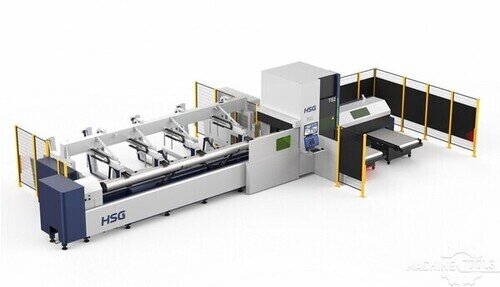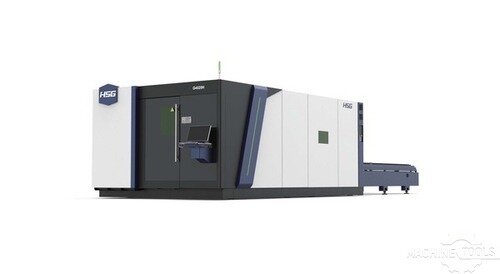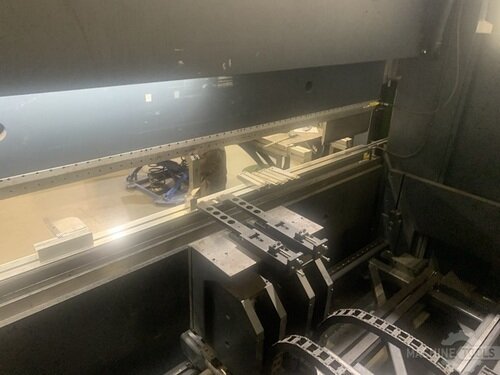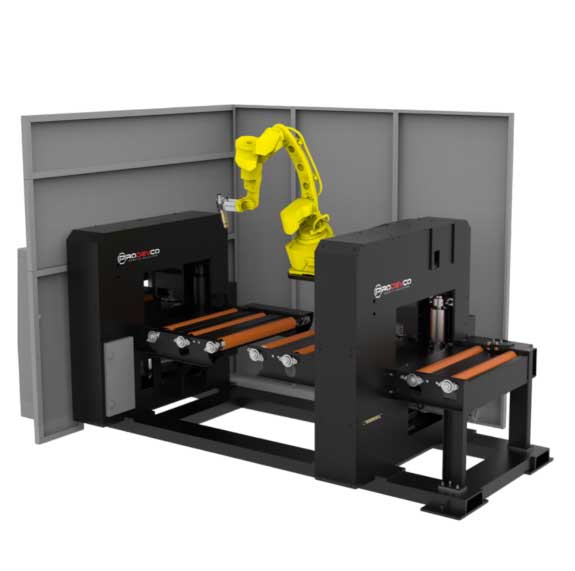As a Regional Sales Executive at Mac-Tech, I spend my days working closely with fabricators looking to improve their shop’s productivity without breaking the bank. I’ve seen firsthand how the right equipment choices can transform a business, whether you’re a small job shop or a large-scale operation. My approach centers on listening to each customer’s needs, evaluating their workflow, and recommending tailored solutions—especially when it comes to laser cutting systems that deliver both efficiency and a rapid return on investment.
Understanding Fabrication Challenges: Balancing Cost, Efficiency, and ROI
Sheet metal fabrication is a competitive industry where margins are tight and customer demands are high. Every shop faces the challenge of producing precision parts quickly, while keeping operational costs under control. Investing in new equipment can be a daunting prospect, as every dollar spent must contribute to improved throughput, reduced waste, or enhanced part quality.
The key is to strike a balance between initial purchase price, ongoing operational costs, and the potential for increased revenue. As technology advances, low-cost plate lasers have become increasingly sophisticated, offering features that were once reserved for premium models. This opens the door for shops of all sizes to access high-performance cutting capabilities without a prohibitive price tag.
Key Criteria for Selecting Plate Lasers in Sheet Metal Shops
When I help customers select a plate laser, I focus on several critical criteria. First and foremost is cutting speed and accuracy—can the machine handle your material mix and thicknesses while maintaining tight tolerances? Next is reliability. Downtime kills profitability, so I look for systems with proven track records and robust after-sales support.
Another important factor is integration. A plate laser should work seamlessly with your other equipment, such as press brakes and automation systems. Software compatibility and ease of use are also essential. Finally, I always consider total cost of ownership, including consumables, maintenance, and energy consumption. The best value isn’t always the lowest sticker price, but the machine that delivers consistent, trouble-free operation year after year.
Real-World Performance: Evaluating Laser Systems, Press Brakes, and Tooling Integration
In real-world environments, the synergy between your plate laser, press brakes, and tooling determines your shop’s overall efficiency. I’ve seen shops double their output simply by upgrading to a laser with faster piercing and repositioning times, paired with a modern press brake that offers quick tool changes and programmable backgauges.
Tooling integration is equally important. Advanced lasers can be equipped with automated nozzle changers, material sensors, and nesting software to maximize yield and minimize scrap. When evaluating new systems, I always look at how well they fit into the existing workflow. A machine that cuts fast but creates bottlenecks at the forming stage won’t deliver the ROI you’re after. The goal is a balanced, streamlined process where each piece of equipment complements the others.
HSG TS2 HIGH SPEED TUBE FIBER LASER CUTTING MACHINE
HSG 3015H 12KW
Spotlight on Top 3 Low-Cost, High-Efficiency Plate Lasers for Maximum ROI
Based on my experience, three plate laser models consistently stand out for their blend of affordability, performance, and support. The first is the Durma HD-F Series, which offers fiber laser cutting up to 6kW, energy-efficient operation, and intuitive controls. It’s an excellent choice for shops transitioning from CO2 to fiber technology, and its modular design makes future upgrades simple.
Next is the Mazak Optiplex Nexus, a compact yet powerful system that excels in high-mix, low-volume environments. Its fast setup times and automated functions reduce labor costs and keep production moving. Finally, the Bystronic BySmart Fiber delivers Swiss precision and robust build quality at a surprisingly accessible price point. All three models offer integration options for material handling and press brake automation, helping you achieve the best possible throughput and part consistency.
Building Lasting Value: Strategic Equipment Investments for Sustainable Growth
Choosing the right plate laser is about more than today’s jobs—it’s about positioning your business for long-term success. I always encourage customers to consider scalability and future needs when investing in new equipment. Machines that support automation, remote monitoring, and software upgrades will grow with your business and protect your investment as technology evolves.
At Mac-Tech, we back every recommendation with support, training, and honest advice. My goal is to help fabricators build resilient operations that thrive in changing markets. With the right mix of cost-effective, high-efficiency equipment, your shop can increase profitability, expand capabilities, and deliver top-quality parts for years to come.
Frequently Asked Questions
What should I look for in a low-cost plate laser for my fabrication shop?
Focus on cutting speed, accuracy, reliability, and support. Make sure the machine fits your material range and production goals.
How do fiber lasers compare to CO2 lasers for sheet metal work?
Fiber lasers are more energy-efficient, require less maintenance, and cut most metals faster than CO2 models.
Can I integrate a new plate laser with my existing press brake and tooling?
Yes, most modern lasers offer integration options for seamless workflow with press brakes and automation systems.
How quickly can I expect ROI from a new plate laser?
Many shops see payback within 12-24 months, depending on production volume and efficiency gains.
What ongoing support is available for these machines?
We provide training, maintenance, and remote troubleshooting to ensure your equipment stays productive.
Are there financing options for equipment upgrades?
Yes, we offer flexible financing and leasing plans to help you upgrade without straining your cash flow.
Get Weekly Mac-Tech News & Updates








